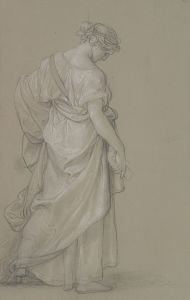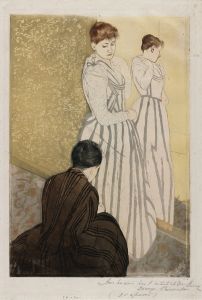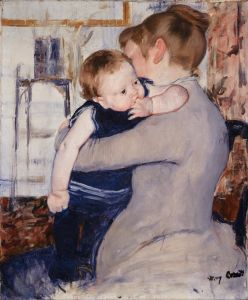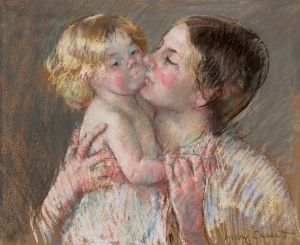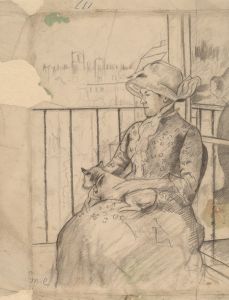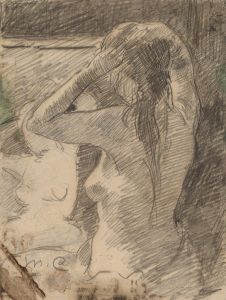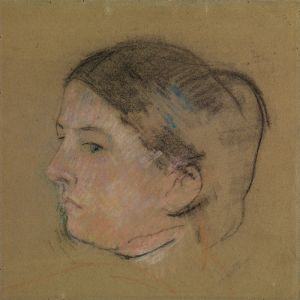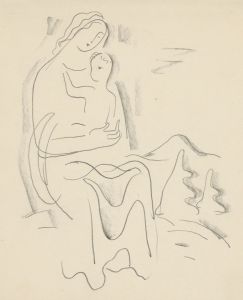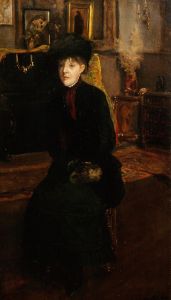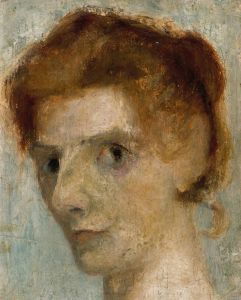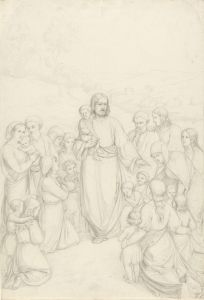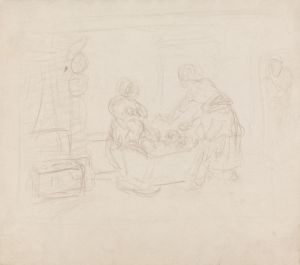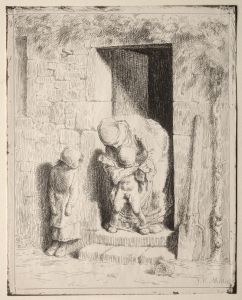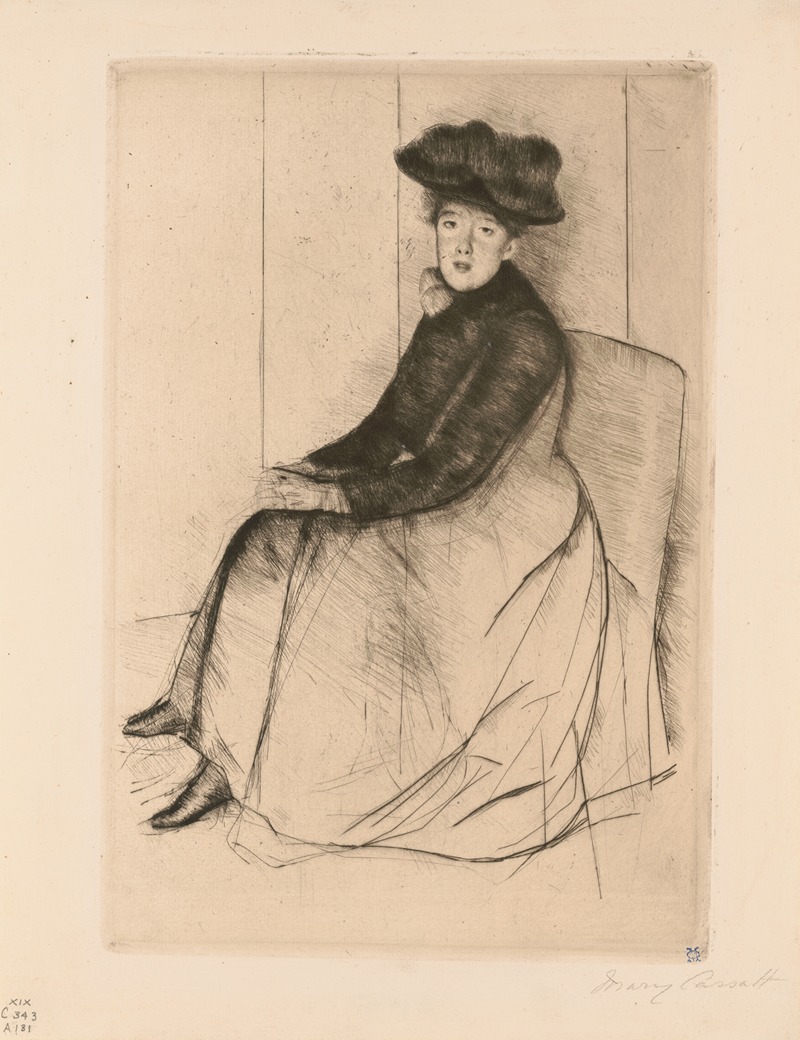
Reflection
A hand-painted replica of Mary Cassatt’s masterpiece Reflection, meticulously crafted by professional artists to capture the true essence of the original. Each piece is created with museum-quality canvas and rare mineral pigments, carefully painted by experienced artists with delicate brushstrokes and rich, layered colors to perfectly recreate the texture of the original artwork. Unlike machine-printed reproductions, this hand-painted version brings the painting to life, infused with the artist’s emotions and skill in every stroke. Whether for personal collection or home decoration, it instantly elevates the artistic atmosphere of any space.
Mary Cassatt, an American painter and printmaker, is renowned for her contributions to the Impressionist movement and her focus on the intimate lives of women and children. One of her notable works is "Reflection," a painting that exemplifies her unique style and thematic interests. Although specific details about the painting "Reflection" are limited, we can explore Cassatt's broader artistic context and her approach to similar works.
Mary Cassatt was born on May 22, 1844, in Allegheny City, Pennsylvania, and spent much of her adult life in France, where she became associated with the Impressionists. Her work often depicted the private and social lives of women, emphasizing themes of motherhood and domesticity. Cassatt's style is characterized by her use of bright colors, loose brushwork, and an emphasis on capturing the fleeting moments of everyday life.
Cassatt's involvement with the Impressionist movement began in the late 1870s when she was invited by Edgar Degas to exhibit with the group. Her participation in the Impressionist exhibitions helped her gain recognition and allowed her to develop her distinctive approach to painting. Cassatt was particularly influenced by Japanese prints, which is evident in her use of flattened space, strong lines, and unusual perspectives.
In her works, Cassatt often portrayed women in various roles, from mothers caring for their children to women engaged in leisure activities. Her paintings frequently explore the theme of reflection, both in a literal and metaphorical sense. Cassatt's interest in reflection can be seen in her use of mirrors and reflective surfaces, which serve to create complex compositions and explore the inner lives of her subjects.
While specific information about the painting "Reflection" is scarce, it is likely that the work embodies Cassatt's fascination with the theme of reflection. In her oeuvre, mirrors often function as a tool for self-examination and introspection, allowing viewers to glimpse the psychological depth of her subjects. This thematic focus aligns with Cassatt's broader interest in capturing the nuanced experiences of women in the late 19th and early 20th centuries.
Cassatt's legacy as an artist is significant, as she was one of the few American women to achieve prominence in the predominantly male art world of her time. Her work continues to be celebrated for its technical skill, innovative compositions, and insightful portrayal of women's lives. Although "Reflection" may not be as widely recognized as some of her other works, it undoubtedly contributes to our understanding of Cassatt's artistic vision and her exploration of the human experience.
In summary, while detailed information about "Reflection" by Mary Cassatt is limited, the painting is likely representative of her broader artistic themes and style. Cassatt's work remains an important part of art history, offering a window into the lives of women during a transformative period in society.





